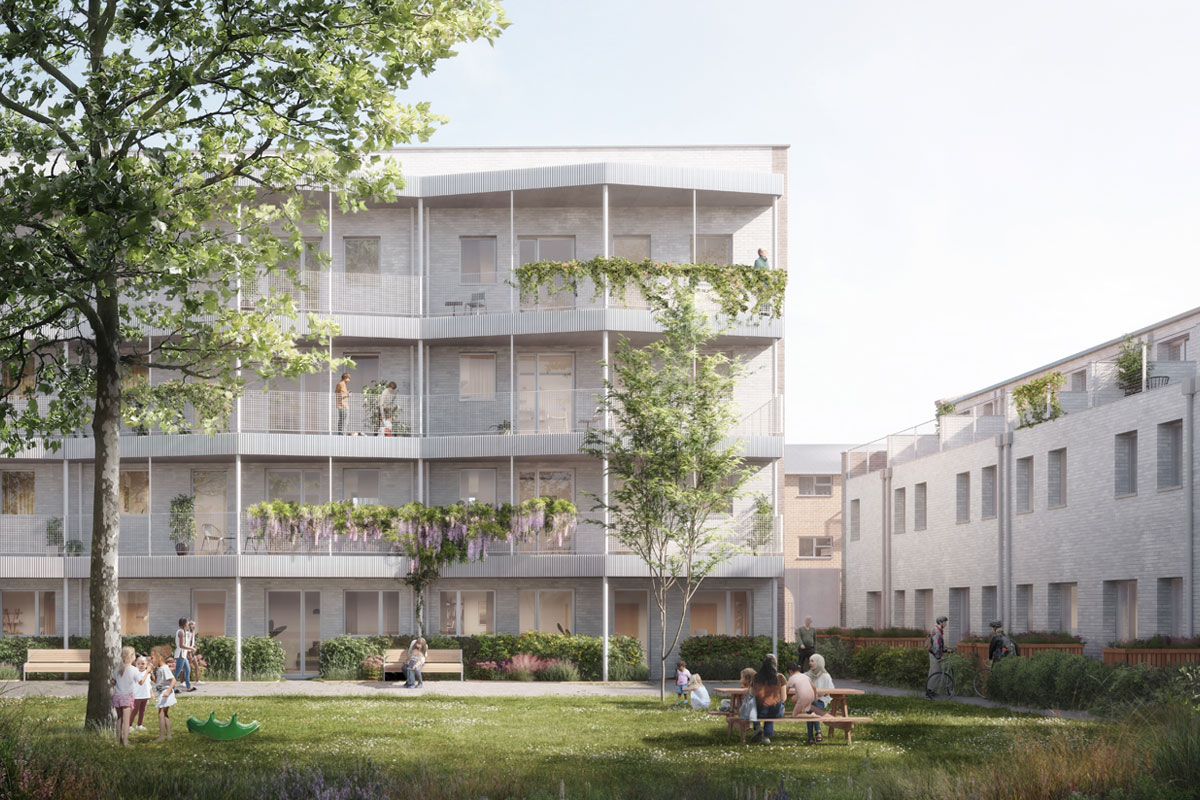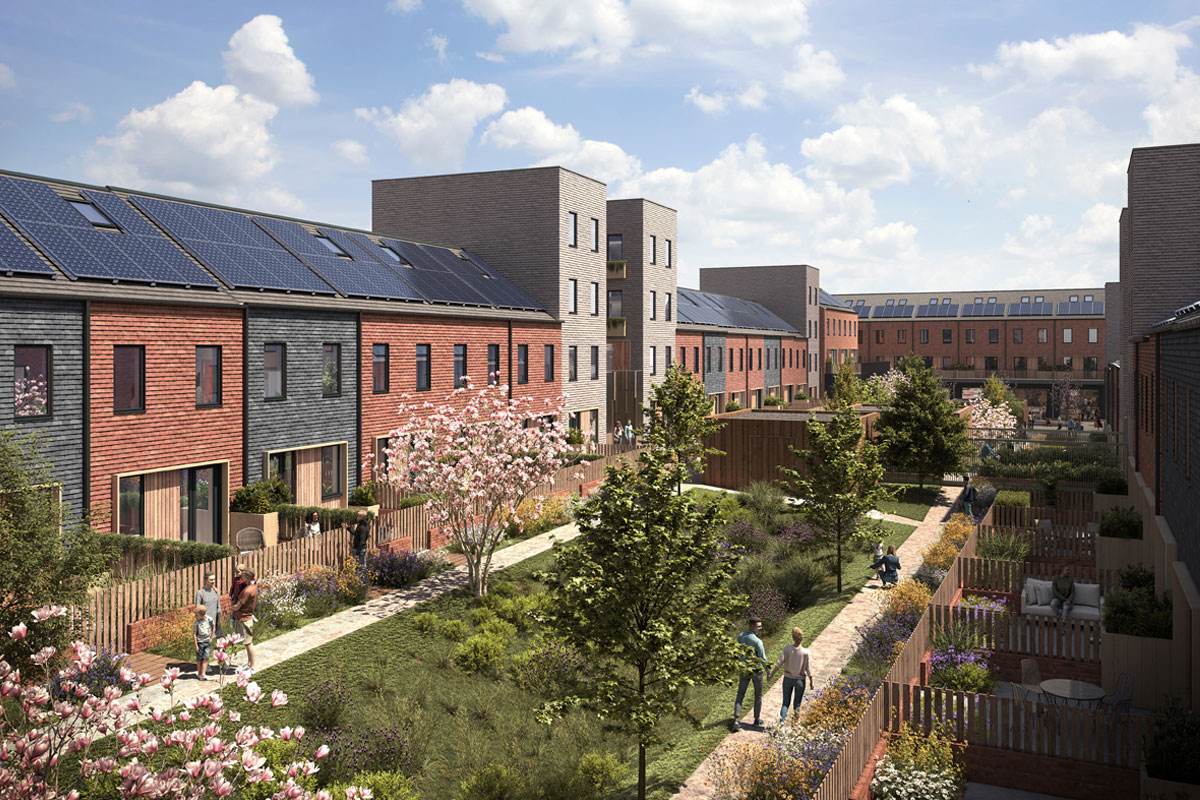14th September 2017
GETTING CITIES RIGHT.
14th September 2017
GETTING CITIES RIGHT.
Share
Nobel economics laureate Paul Krugman wrote incisively last week about the contrast in the US between the rampant, unregulated development that makes Houston and other Sunbelt cities more vulnerable to the catastrophic recent flooding brought by hurricane Harvey, and the NIMBYism of booming coastal metropolises caught in a spiral of anti-development policy, price rises and insiderism (“Why can’t we get cities right?”, New York Times, 4th September). It’s a rare example in policy, he writes, of both sides truly getting it wrong. The balance is to adopt policy “that prevents clear hazards… but allows housing construction.”
We have comparable, but different, problems in the UK. Thanks to our postwar framework for development control, there is nothing like the unplanned sprawl present in many fast-growing US conurbations. And NIMBYism is, characteristically, a suburban phenomenon – the people who live in the houses built on the previous field on the edge of town to be developed objecting to the housing proposed on the next field – although opposition to change exists in inner cities too (broadly speaking, the richer the city, the more vigorous and better organised the campaigns against “gentrification”). Nowhere is this felt more keenly than in London because that’s where the most wealth, and the strongest pressure, to grow is concentrated.
Given that it is blindingly obvious that a vast expansion of the housing stock is necessary, if not sufficient, to avert economic and social atrophy, there perhaps ought to be less of a “debate” about development. But it’s notable that this dialogue is taking an increasingly oppositional form: between those who oppose development anywhere (or claim to support it generally, just never here) and those who regard any planning consent for housing as a minor triumph for the priced-out young against comfortably-off baby boomers apparently unconcerned to assure their grandchildren what they have taken for granted.
In the midst of this increasingly polarised argument, a more nuanced view might easily be mistaken for a case of fence-sitting. Being in favour of development if and only if it is intelligently located, well-designed and properly sustainable (because, as Krugman suggests, that isn’t so hard to do); to think it is right to densify established urban neighbourhoods but only if it increases the quality and availability of low-income housing; to regard the green belt as something of an anachronism whilst thinking it ought only to be developed for compact, walkable and well-connected settlements – all can appear rather subtle, compromised or overthought positions.
But both sides are, indeed, wrong. It is imperative that we elevate the housing discourse above the basic duty to provide people with sufficient shelter (challenging though even this seems to be in our present culture) and instead reconnect it to a consideration of what makes for productive, sociable, environmentally tenable human habitat. TOWN is one of a growing number of actors within the housing industry looking to show the way, and we’ve recently joined many of them in the Good Homes Alliance, which is emerging as the pre-eminent forum for exchanging ideas about, advocating and demonstrating the possibility of better homes in better places.
The UK faces profound challenges: from reinventing society after the trauma of Brexit to understanding and doing something about the appallingly low levels of productivity in our urban areas outside the south-east. Planning and development, and housing especially, are vital to this. Why can’t we, and shouldn’t we, get cities right?



